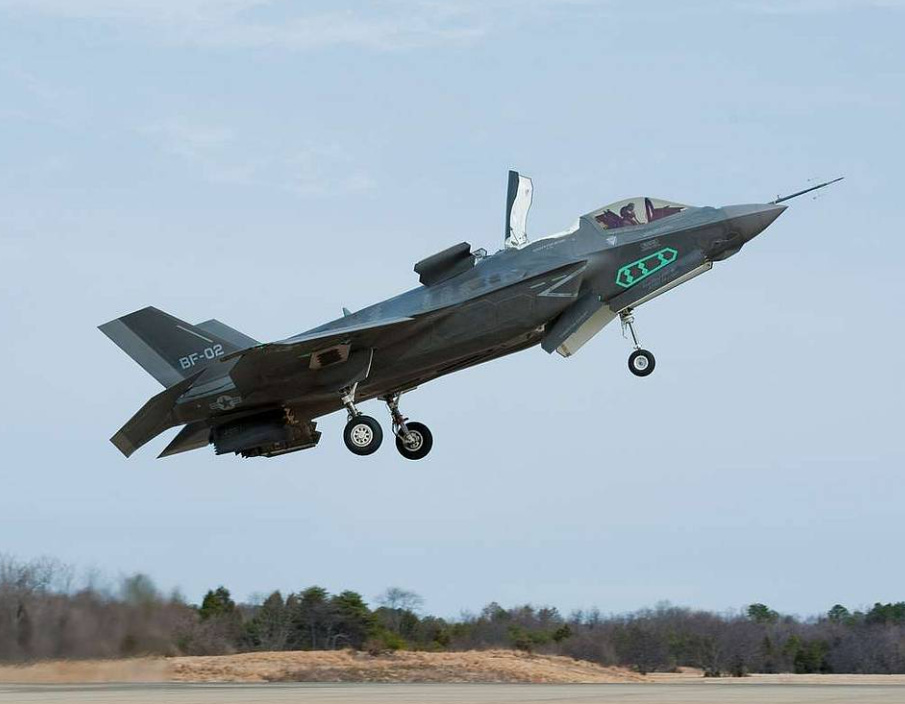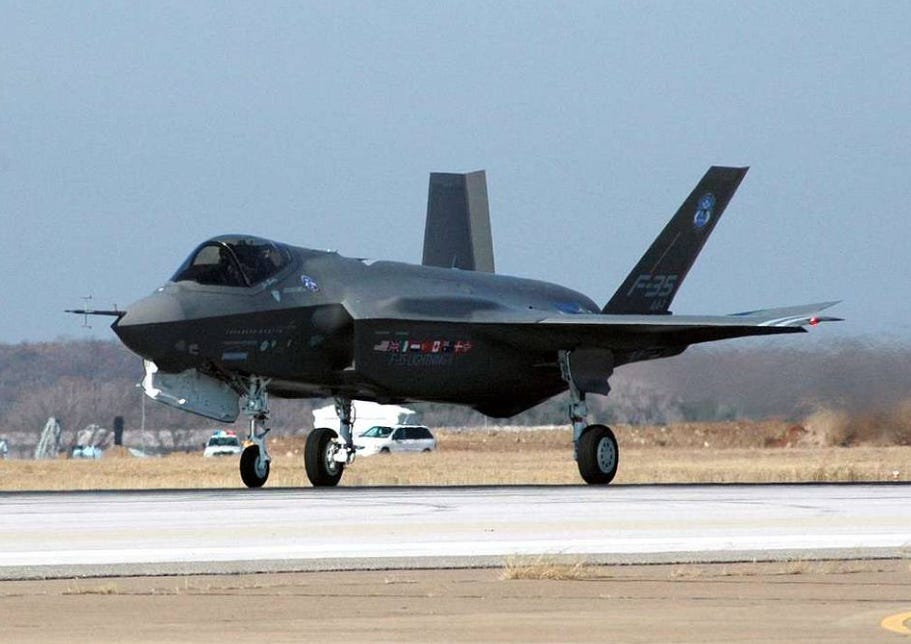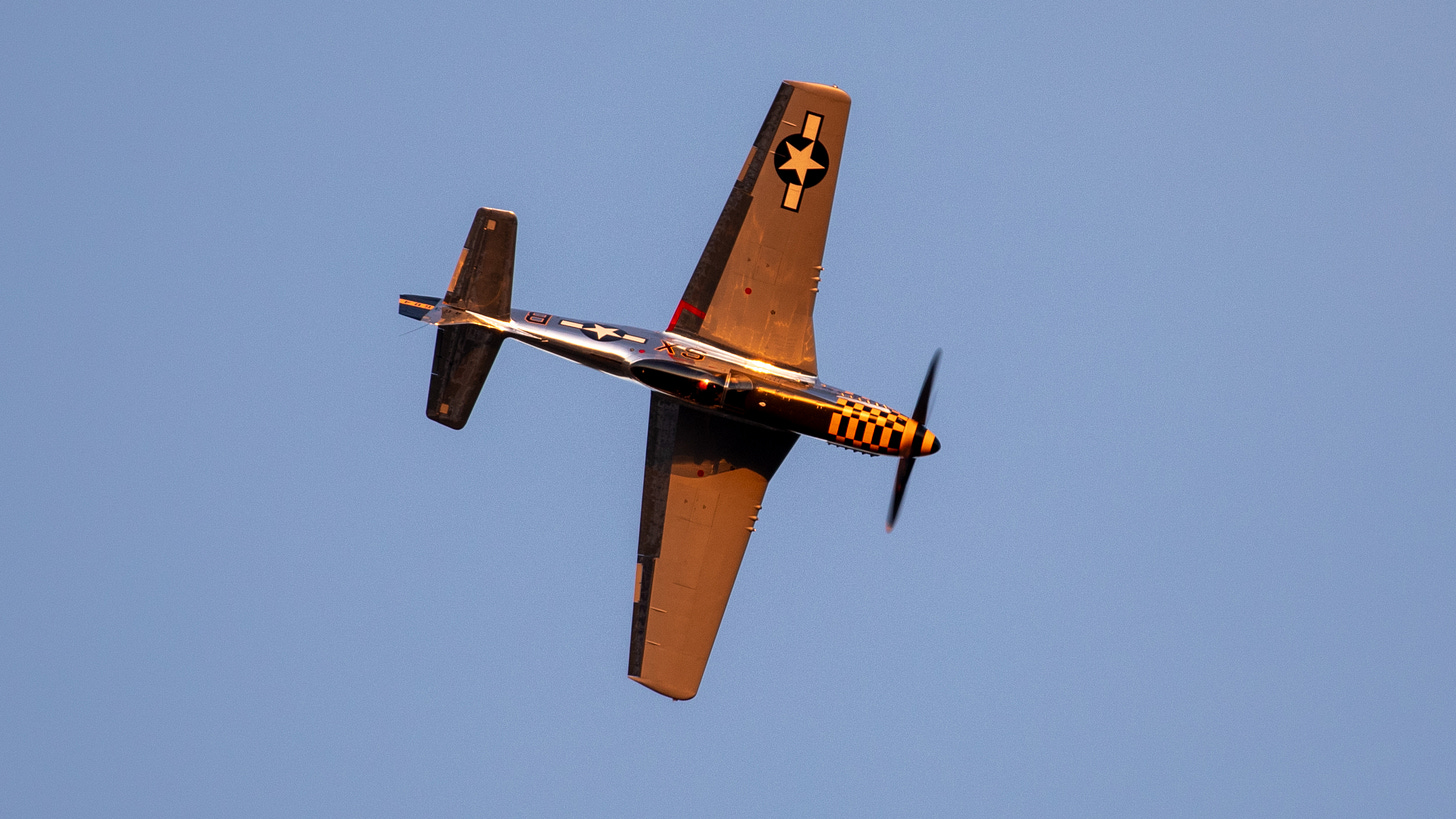Decades After the Dragon Lady Took Flight, Britain Sends the F-35 Lightning to the Pacific.
Seventy years apart, the U-2 glides in shadows while the F-35 slips through digital clouds. Same mission, new tools. Above the world, one question lingers: who really owns the sky?
“And this carrier-strike route deployment is the operational demonstration of this truth. A deployment of firsts.” — UK Secretary of State John Healy
Mission Briefing
On 22nd April, 2025, dawn breaks as the Royal Navy’s F-35s slice through the shimmering horizon, their silhouettes casting long shadows over a restless sea—ushering in a new chapter where Britain’s influence surges from the Channel all the way to the far Pacific.
Wings Over the New Horizon
Under the blazing Pacific sun during Operation Highmast, there was a sense that the Royal Navy was stepping into a whole new chapter. This wasn’t just another deployment; it was the payoff after decades of chasing that elusive edge in air power, pushing through setbacks, budget debates, and the kind of technical hurdles that would make most folks throw in the towel.
Now, they’ve got the F-35B Lightning II—Britain’s own version of Lockheed Martin’s stealth marvel—roaring off the decks of HMS Queen Elizabeth and HMS Prince of Wales. It’s wild to think: these jets were once lines on a blueprint, and now they’re the backbone of the Carrier Strike Groups.
The UK aims for 138 of these birds, although for now, they’re working with about half that number, balancing the need for cutting-edge kit against the budget. Each of those £80-million jets is more than just a showpiece. With stealth, sensors, and electronic warfare gear packed inside, it’s a strike fighter and a flying intelligence center all in one.
But the real story? They’re not just testing hardware—they’re proving to the world that Britain’s ready to fly and fight alongside allies from the U.S. to Japan and Australia. Their maritime air power isn’t just part of history books anymore. Out there in the Indo-Pacific, they’re writing the next chapter.
Details from the Cockpit: Britain’s Leap into the F-35 Age
Chilly morning in Maryland, January 26, 2010. The hangar doors roll open at NAS Patuxent River, and there’s a quiet buzz—everyone knows something special is about to happen. Squadron Leader Steve Long, a seasoned British pilot, walks across the tarmac, climbs into the cockpit, and becomes the first Brit in history to fly an F-35.
Months later, he’d try to capture that feeling for the rest of us, calling it “an iPhone on speed—a quantum leap in terms of technology and aerodynamics.” And he wasn’t exaggerating.
A couple of years later, the UK welcomed its first F-35B, rolling it straight into RAF Marham—the beginning of a new era. Suddenly, the Royal Air Force and Royal Navy had a fifth-generation fighter at their fingertips, ready for anything.
Missions that once seemed out of reach were now possible. The Lightning II didn’t just bring cutting-edge technology; it enabled British aviators to fly, fight, and win alongside NATO and allied forces anywhere in the world.
Lightnings at Dawn: Allies Unleashed in the Pacific
For the UK, it’s proof that they’ve regained true global reach; our carrier strike group can deliver, not just pose. For allies like the U.S., Japan, and Australia, this isn’t just backup—it’s a deeper level of teamwork. The F-35B’s tech means everyone’s linked, sharing intel and coordinating moves in a seamless “digital battlespace.”
This isn’t just about one nation flexing muscles. It’s a statement: power in the Pacific is now a group effort. The Royal Navy is participating in multi-carrier drills, flying alongside U.S. Marines and Japanese F-35s, and building a flexible, multinational force that keeps adversaries guessing.
Wings of Tomorrow: The F-35B and the RAF’s Next Leap
The RAF F-35 is not just another fighter; she’s the one who gave Britain back its edge, restoring the art of carrier strike and pulling the RAF into the future of 5th-generation warfare. She’s got secrets in her skin—stealth that lets her slip past trouble, and an uncanny knack for taking off in tight spaces. When she’s airborne, she’s more than a hunter; she’s the eyes and ears for every ship and jet nearby, her sensors weaving a web no one else can see.
They watch her land on the decks of HMS Queen Elizabeth and HMS Prince of Wales, and it’s history and possibility shaking hands. With every sortie, she deepens the UK’s bond with allies across the Atlantic and the Pacific, making teamwork second nature. And those young pilots and engineers—they look at her and see not just a machine, but a mentor, training for a world where data is as vital as fuel.
As the Lightning carves her name into the clouds, she’s quietly building the runway for what’s next—the Tempest, the sixth-generation marvel just beyond the horizon. They say her legacy will be measured not just in the missions she flies, but in the future she helps invent.
This Week in Aviation History
On August 1, 1955, beneath the blistering Nevada sun, they watched as the Lockheed U-2 “Dragon Lady” unfurled her wings and climbed into the unknown, piloted by Tony LeVier under the cloak of Project AQUATONE. Higher than any jet had dared before, she slipped into the stratosphere, rewriting the limits of flight and launching a new era of Cold War espionage. That single, secretive ascent changed everything—ushering in decades where the silent watcher above shaped the fate of nations below.
Beyond Reach: The U-2’s Impact
They’ll tell you the story started with a simple high-speed taxi test out at Groom Lake, Nevada—a place so secret it barely existed on the map. Tony LeVier was just supposed to do a simple test of the “Dragon Lady”, but that sleek jet, built by Kelly Johnson’s Skunk Works and shrouded in CIA secrecy, had other plans.
With a sudden lift, she soared into the desert sky, making her unplanned maiden flight and proving right then and there that she was something extraordinary.
They had built her to fly at altitudes no Soviet interceptor could reach, slipping above 70,000 feet to bring back snapshots of a world locked in Cold War tension. Every photograph she took—missile sites, nuclear facilities, troop movements—shifted the balance, giving leaders the kind of insight that could stop a war before it started.
Born to Soar and Capture Shots: Features of the Dragon Lady
They called her the Dragon Lady, and she was nothing short of a Cold War marvel. Imagine this: she had the wingspan of a glider—eighty feet tip to tip—but the heart of a jet, built to slip through the thin air.
Back when she first took to the skies, they gave her the Pratt & Whitney J57-P-37A—a featherweight turbojet that sipped fuel and packed a punch. That engine is what lets her dance up where the air gets thin, making those legendary high-altitude runs possible in the first place. Up there, pilots could see the curve of the Earth, strapped into pressure suits that looked more at home in a space capsule than a cockpit.
She wasn’t just about altitude, though. The U-2 carried cameras so sharp they could spot something the size of a dinner plate from thirteen miles up. With her slender frame and low radar signature, she was nearly invisible to the early warning systems of the 1950s.
Also, she’s got the kind of stamina most pilots only dream about. The Dragon Lady can stay up there, skimming the edge of space, for ten, eleven hours straight—gathering secrets across whole continents while the world goes on below.
By the late ’50s, she wasn’t just snapping pictures from the edge of space anymore. They started fitting her with these early ELINT receivers—basic, sure, but suddenly she could do more than just capture what the world looked like. She was eavesdropping on enemy radar and radio chatter, mapping out Soviet missile sites and tracking systems just by listening in. That’s when she really changed—no longer just a flying camera, but a true multi-sensor spy, gathering secrets you couldn’t see on film. That’s how the Dragon Lady learned to listen as well as look, and it opened up a whole new world of intelligence.
Into the Blue: The Dragon Lady’s Legacy
The Dragon Lady isn’t just another plane—she’s a legend etched in contrails and shadow, born from the nervous heartbeats of the Cold War. She soared higher than anyone thought possible, slipping above hostile borders with cameras and sensors that could read secrets written on the earth below. They say her first missions—over the Soviet Union, over Cuba—changed the course of history. She didn’t just gather intelligence; she handed world leaders the power to see, to pause, to decide.
What’s remarkable is how she refused to fade. While other machines were retired and forgotten, she adapted—trading film for digital eyes, learning the language of data links and satellite feeds, always staying just a step ahead.
Even now, with satellites blinking overhead and stealth drones prowling the skies, they still send her out. Why? Because she brings something no one else can: the vantage only a human pilot at the edge of space can provide, with eyes and instincts that no algorithm has yet replaced. Her legacy lives not just in the hardware but in every pilot who climbs into that pressure suit, determined to write a new chapter.
For seven decades, she’s shown that the right mix of altitude, adaptability, and courage can keep shaping history—long after everyone else expects you to land. Her shadow streaks across the sky—a living testament to the moment when boldness met innovation and forever changed the world beneath her wings.
In Case You Missed It
What a second Raider flying means for the program:
Photo Outlet
Every issue of Hangar Flying with Tog gets you a free image that I’ve taken at airshows:
Feel free to use these photos however you like, if you choose to tag me, I am @pilotphotog on all social platforms. Thanks!
Post Flight Debrief
Like what you’re reading? Stay in the loop by signing up below—it’s quick, easy, and always free.
This newsletter will always be free for everyone, but if you want to go further, support the mission, and unlock bonus content, consider becoming a paid subscriber.
Your support keeps this flight crew flying—and I couldn’t do it without you.
– Tog







The paralel between the Dragon Lady and the F-35B deployment really captures how air dominance strategies evolve. Britain putting carrier strike groups in the Indo-Pacific with allies like Japan and Australia signals a major shift in power projection. The multi-carrier drills and shared sensor networks you mentioned create a force multiplier that no single nation coud match on its own.